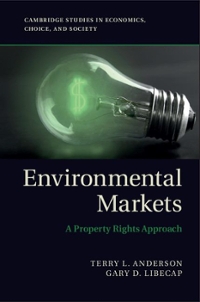Answered step by step
Verified Expert Solution
Question
1 Approved Answer
Question 13 macroeconomics 13. Consider a government with preferences represented by the loss function L = 12 + au2 where it is the inflation rate
Question 13 macroeconomics

Step by Step Solution
There are 3 Steps involved in it
Step: 1

Get Instant Access to Expert-Tailored Solutions
See step-by-step solutions with expert insights and AI powered tools for academic success
Step: 2

Step: 3

Ace Your Homework with AI
Get the answers you need in no time with our AI-driven, step-by-step assistance
Get Started


